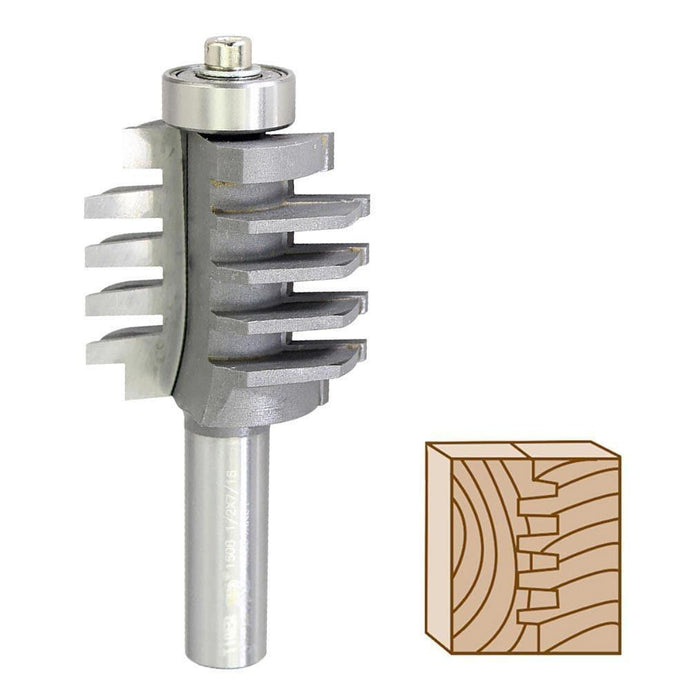Mastering Finger Joints: A Comprehensive Guide to Precision and Craftsmanship in Woodworking
When it comes to woodworking, achieving strong, precise joints is essential for creating both functional and aesthetically pleasing pieces. Among the various joinery techniques, finger joints, also known as box joints, stand out for their simplicity, strength, and versatility. This article delves into the intricacies of using finger joints in woodworking, offering a thorough understanding of their application and the benefits they bring to your projects.
Finger joints are celebrated for their ability to create a robust, interlocking connection between pieces of wood. They are particularly useful in constructing boxes, drawers, and frames where a strong, reliable bond is necessary. The technique involves cutting a series of interlocking notches or "fingers" into the edges of the wood pieces that are to be joined. When these notches fit together, they form a strong mechanical bond that is both aesthetically pleasing and highly durable.
To start, precision is key in making finger joints. Accurate cutting is essential to ensure that the fingers align perfectly, which results in a strong joint and a professional-looking finish. Begin by setting up your woodworking tools, typically a table saw or a router, with a finger joint jig. This jig is designed to guide the wood and ensure consistent cuts. Adjust the jig to match the width and depth of the fingers you intend to cut. For many woodworking projects, a finger joint jig that accommodates a range of finger sizes can be incredibly useful.
The process begins with marking the wood where the cuts will be made. Measure and mark the width of the fingers and the spaces between them, ensuring that your measurements are precise. With your measurements in place, you can now proceed to cut the fingers. If using a table saw, a dado blade or a stack of blades set to the right height will be required to make these cuts. For a router, a finger joint bit attached to a router table can achieve the same results. Take your time and make sure each cut is clean and consistent.
Once the finger joints are cut, it's time to fit the pieces together. Dry fit the joint before applying any glue to ensure that everything aligns correctly. If there are any gaps or misalignments, adjustments can be made before the final assembly. The interlocking nature of finger joints allows for a tight fit, which, when combined with wood glue, creates a strong bond. Apply glue to each joint and assemble the pieces, using clamps to hold everything in place while the glue dries.
In addition to their strength, finger joints offer an attractive appearance, particularly when made with precision. The pattern of interlocking fingers creates a visual appeal that can enhance the overall design of your woodworking project. For a more polished look, consider sanding the joints once the glue has dried and the clamps have been removed. This will help to smooth out any irregularities and give the joint a seamless appearance.
Finger joints are also highly adaptable and can be used in a variety of woodworking projects. For example, they are ideal for creating corner joints in boxes and drawers, where they provide both strength and a clean, professional finish. They can also be used to join wider panels, where the strength of the joint helps to prevent warping and ensures the panel remains flat and stable.
When working with finger joints, it's important to consider the type of wood you're using. Hardwoods and softwoods each have their own characteristics that can affect the outcome of your project. Hardwoods, such as oak or maple, provide a strong and durable joint, while softwoods, like pine, are easier to work with but may not be as robust. Additionally, different woods have different grain patterns, which can influence how well the fingers interlock and how the final product looks.
For those new to woodworking or finger joints, starting with smaller projects can be beneficial. Practice making finger joints on scrap wood or small boxes before moving on to larger, more complex projects. This practice will help you become familiar with the technique and gain confidence in your ability to produce precise, high-quality joints.
In summary, finger joints are a valuable technique in woodworking, offering both strength and visual appeal. By ensuring precision in your cuts, carefully fitting the joints, and selecting the appropriate wood, you can create beautiful, durable pieces that stand the test of time. Whether you're building a drawer, a box, or a piece of furniture, mastering the art of finger joints will enhance your woodworking skills and elevate the quality of your work.



